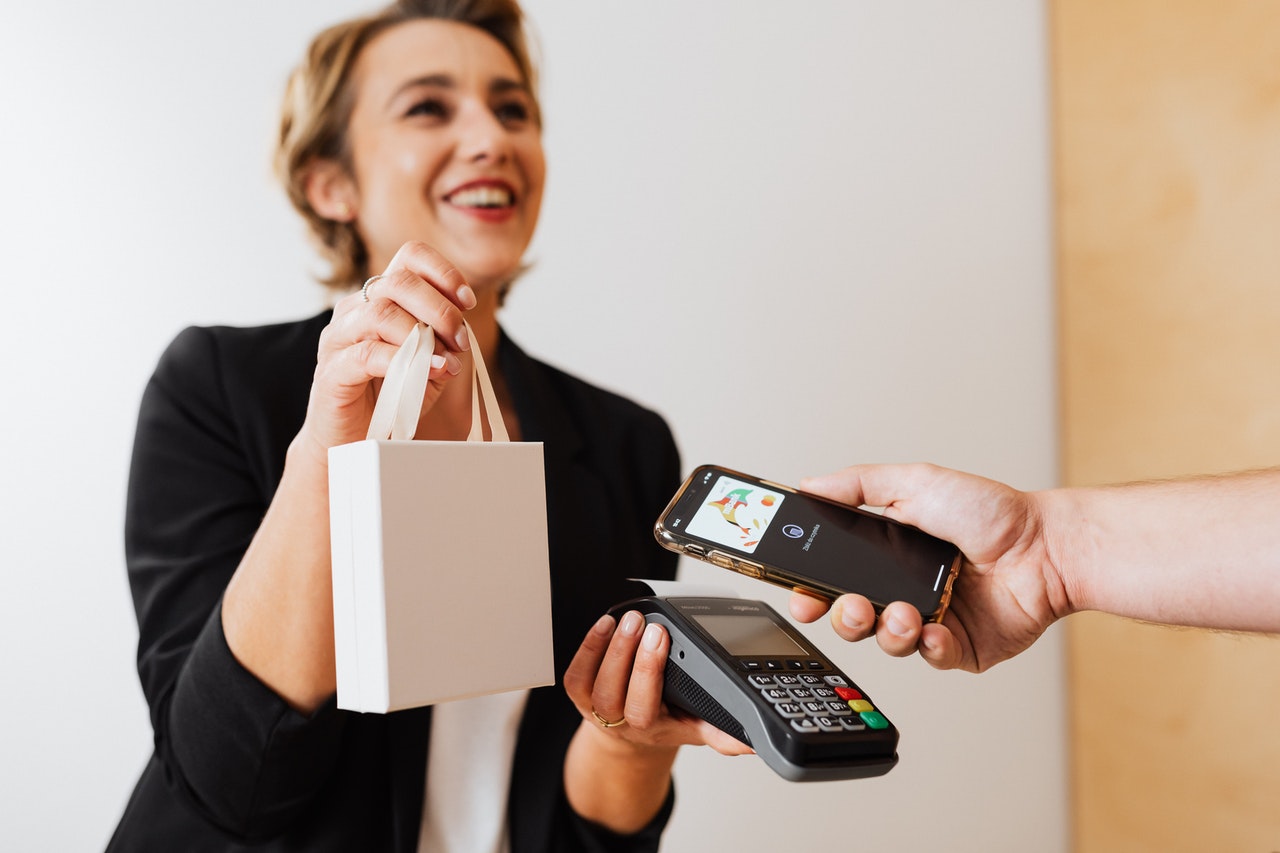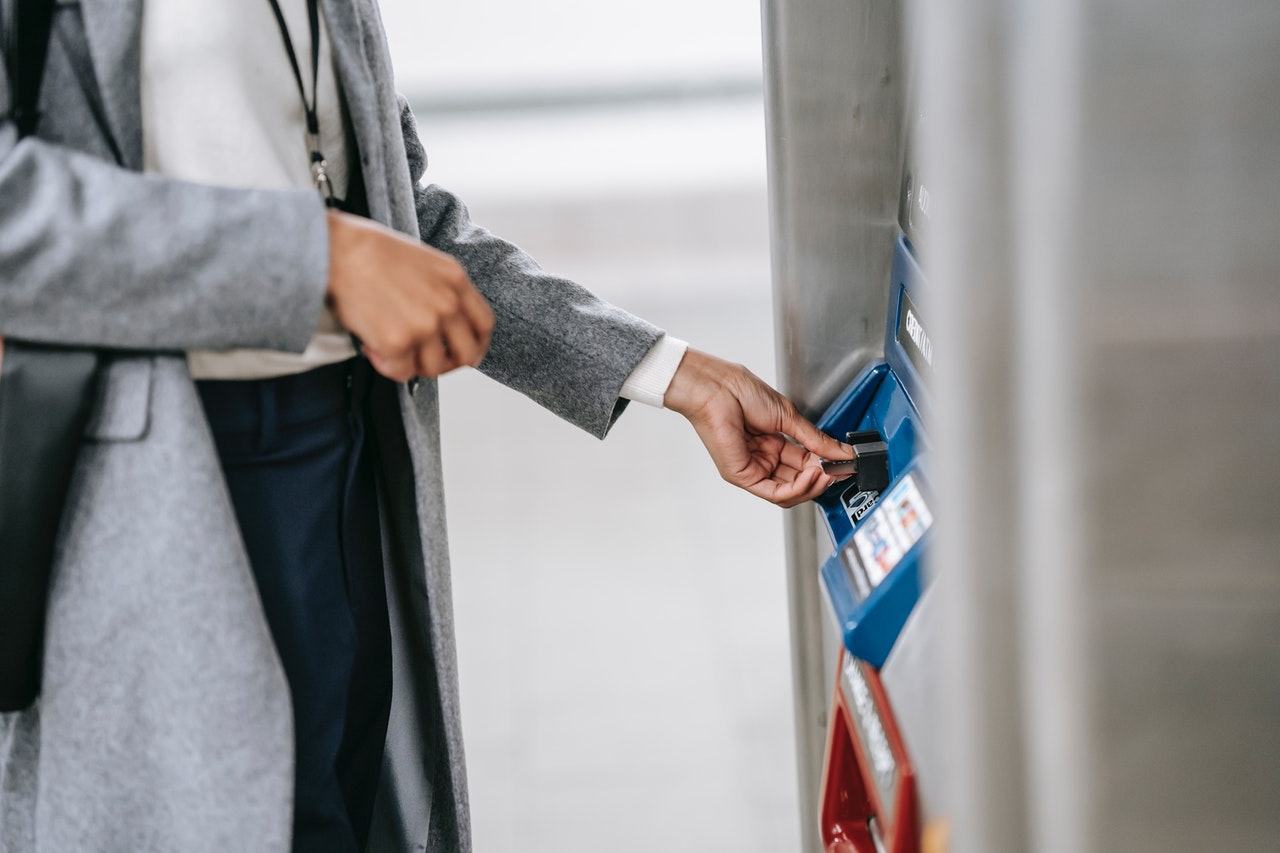
In the previous blog, we explained how the transaction cycle works and how this process has changed the lives of many people. But now, how do payment cards make this entire process a reality?
Payment cards are a wallet fixture. Along with your ID, a couple of family pictures or lucky charms and some cash, you always take your card with you. Because payment cards have a ubiquitous presence, it’s not common to ask ourselves how do they work. In this third and final instalment of Payment Processing 101, we’ll go over the main parts of a payment card and what role each part has within the payment process.
In our previous post, we briefly explained how card data is transmitted during the authorization and settlement process. Key players, such as the cardholder, merchants, acquires, card brands, and issuing banks all interact with card data. But what role does the card hold within different points of the process?
Payment Processing 101: What’s a payment card all about
Let’s take a look at a standard payment card. Every card has a specific set of characteristics that make it unique for processing and ensuring security. Payment card features can all be physically identified on a given card. Each of these features contain a unique technology that performs valuable functions, all of them done behind the scenes.
Which are these features?
One of the most noticeable aspects on the front of the card is a gold chip. This is known as an Europay, Mastercard and Visa chip (or EMV chip), an embedded gold microprocessor designed to replace the magnetic stripe on the card. EMV has become the global standard for chip card processing. When using the EMV, card data is communicated in a more complex and secure manner. The chip can completely code full card data into a unique configuration that changes every single time the chip is used.
Some cards may feature a wireless symbol next to the EMV chip. This means the card is capable of contactless processing. In other words, there is no need to make physical contact with the Point of Sale (POS). You don’t need to swipe the magnetic stripe or insert the EMV chip. The only thing you need to do is to tap your card on the POS.
Contactless payment uses Near Field Communication technology or NFC, which allows for two devices to communicate with each other if they are in close proximity. When you start a transaction, the cardholder holds the contactless card above the screen. Card data will be transmitted through the network using tokenization.
On the right hand side of the front of your card, you’ll also notice a hologram. This acts as an anti-counterfeit measure, similar to the ultra-violet logo used by many card brands.
Payment Processing 101: More important features
You’ll find the card number underneath the EMV chip, the wireless symbol and the hologram. This number is visible on any payment card and it is used to validate it. Also, the card number connects the issuing bank to the cardholder’s account. In case you need to make any online purchases, systems require your card number, the card’s expiration date and the security code.
Have you wondered what the numbers on your payment card mean? Well, the first digit of a card number identifies the card brand. Visa begins with 4, Mastercard with 6 and American Express begins with 3. The first six digits of a card number are known as the Bank Identification number or BIN, which are used to identify the issuing bank. Every bank has their own unique BIN. Finally, the last four digits in every card are used to identify the card.
Underneath the card number, you’ll find the expiration date and the cardholder name. The expiration date indicates how long the card is valid for. Upon expiration, the cardholder is responsible for obtaining a new payment card. If you do this, the card number will remain the same but the expiration date will change. Finally, the cardholder name is used to identify the cardholder. Merchants may use the name and the cardholder signature on the back of the card for security measures.
The last item you should pay attention to at the front of any card are the ultra-violet logos. Card brands use these logos, printed on UV ink, to show legitimacy. If you want to tell a real card from a counterfeit one, check for a UV logo. Since fake payment cards don’t feature such UV printing, placing such logos at the front of the card may help against counterfeit transactions against fraudulent cards.
What’s at the back of the card?
On the back of each card is a black stripe, known as the magnetic stripe. Originally, this was the first method to transmit the cardholder’s data or track data: the full card number, the cardholder’s name and the expiration date. Depending on the technology available, the magnetic stripe is able to store more intricate information. Regardless of what the card uses, each magnetic stripe will transmit the same amount of data through the network.
Underneath the magnetic strip, you’ll find the cardholder’s signature. In order to be used as a legal tender, the card must be signed by the cardholder. By signing their name, the cardholder validates the card and provides the opportunity for the merchant to verify the signature. Please note that merchants are not required to do this, but features such as the cardholder signature encourage them to do so. The merchant may request the cardholder to provide additional ID or sign the card in-store, if they deem necessary.
The final feature present at the back of the card is the Card Verification Code or CVC, which is a three-digit code on the back of the card to ensure the protection of the cardholder when card not present transactions are being run. What cards are not present transactions? These are transactions not being physically run by a device. The CVC also helps protect the merchants in case of a dispute regarding the transaction.
What kind of cards use these features?
The most straight-forward answer to this question is: all of them. However, each type of payment card processes funds differently and makes use of each of the features mentioned in different ways. The credit card, for instance, allows the cardholder to pay for goods and services based on the cardholder’s accrued debt. This is similar to taking out a loan in the sense you are borrowing money to pay for something you want or need.
There are three types of credit cards: rewards, corporate and private label or retail. Reward credit cards offer benefits to the cardholder, such as flight miles or cash back purchases. Corporate, on the other hand, are used by businesses and distributed to their employees for business needs. Finally, private label cards are specific to a merchant, such as Walmart or Amazon. These companies partner with issuing banks to offer credit cards as an incentive for return businesses.
A debit card, on the other hand, deducts money from a designated checking account to pay for goods or services. Debit cards can be prepaid, meaning they have a pre-loaded amount of money on them when they are purchased. You can also have branded or non branded debit gift cards.
The branded ones are exclusive to a single retailer, meaning you can only use that card at that business. On the other hand, non-branded gift cards are accepted anywhere that card brand is accepted. For example, Visa gift cards are purchased at many retailers and can be used anywhere.
This is the third and final instalment about the payment process. We hope now you have a full understanding about the key players, the transaction cycle and and do payment cards work. Do you have any questions about how the process works? Send us an email to hello@blankfactor.com.








